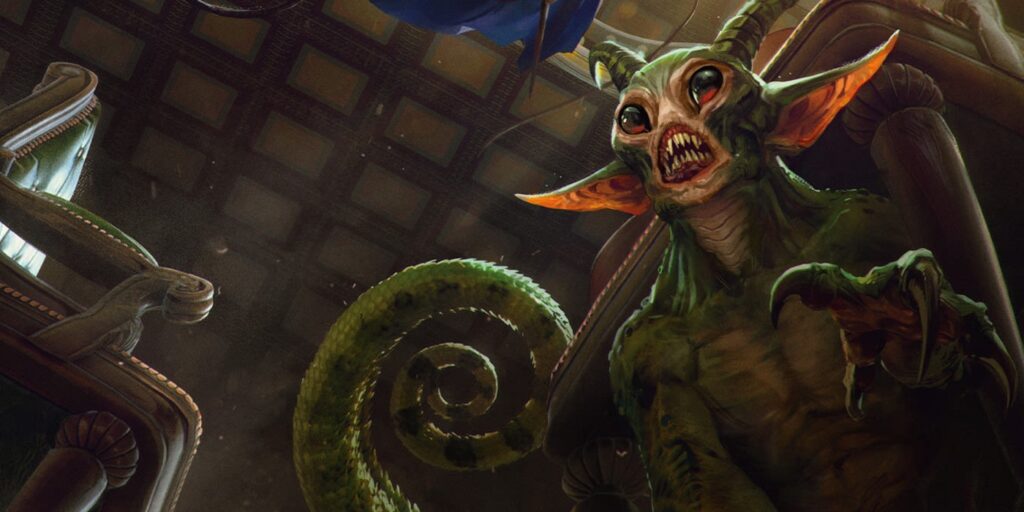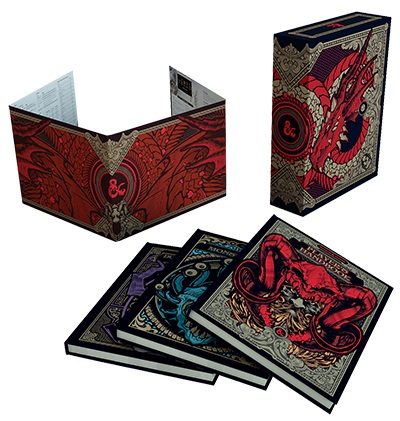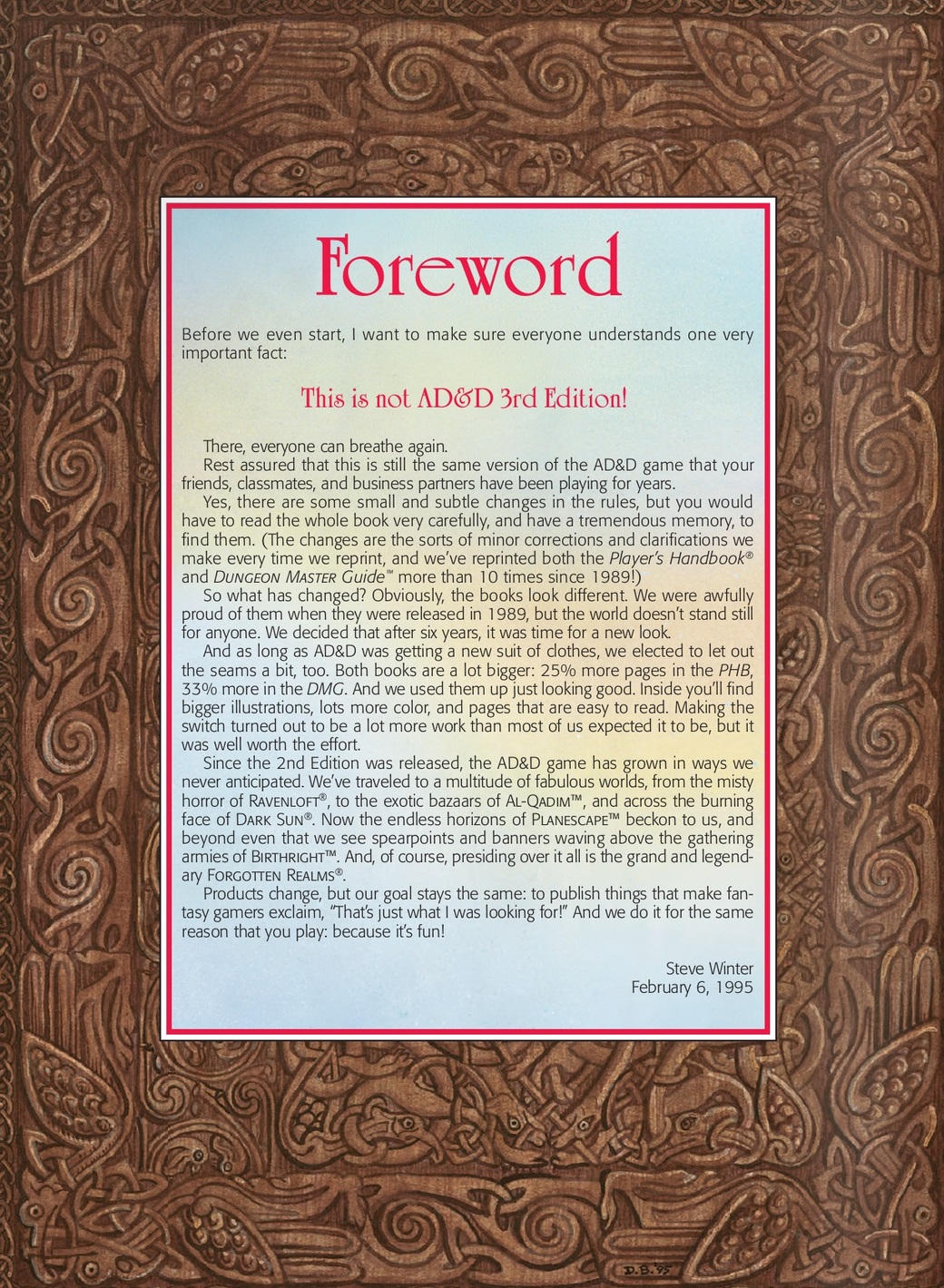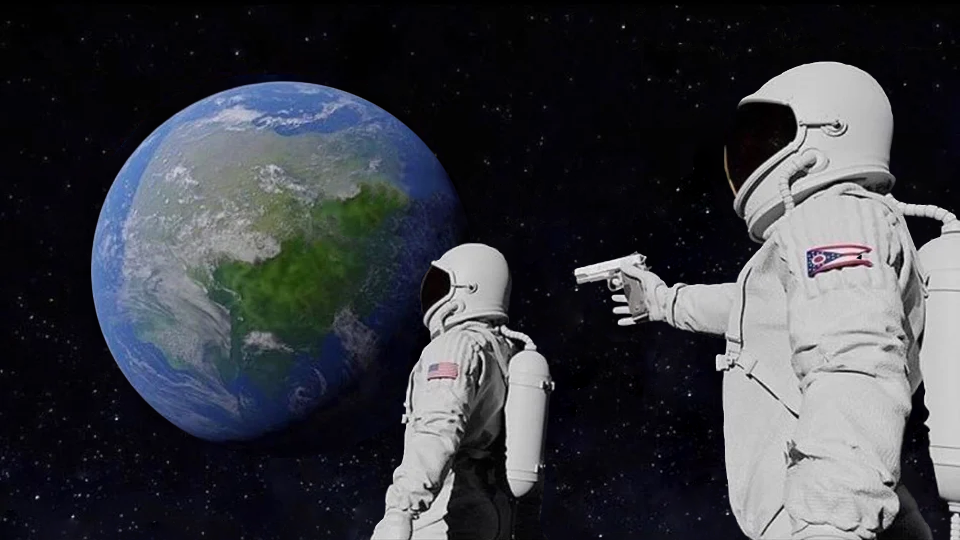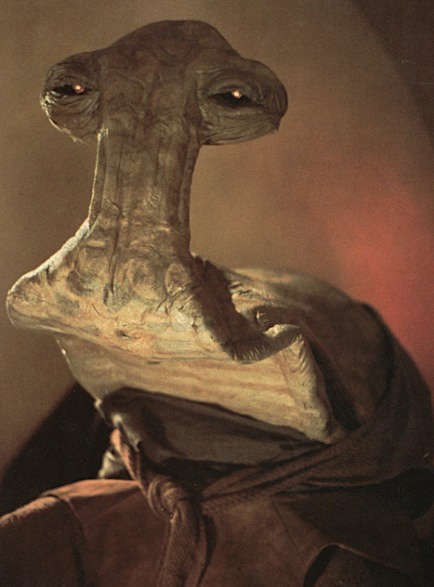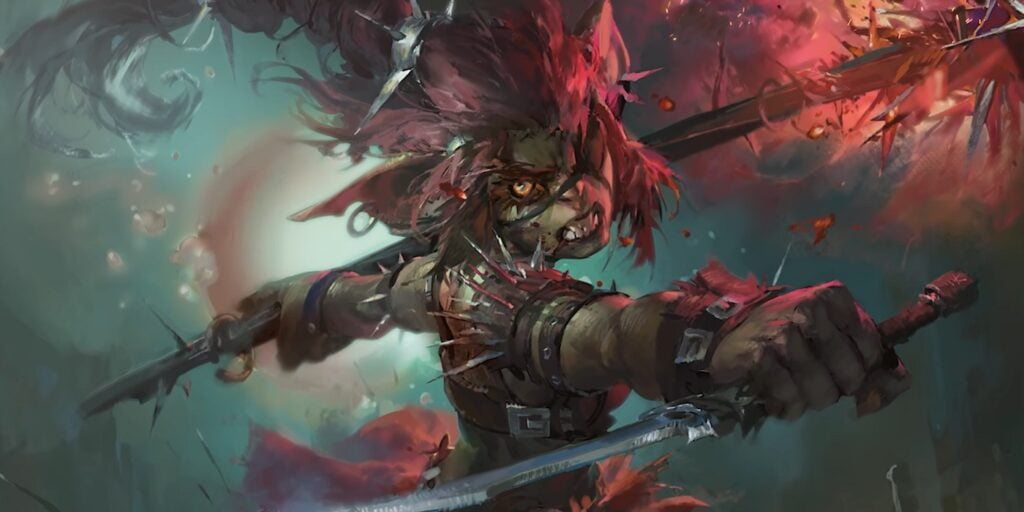WotC’s D&D Cinematic Multiverse Might Be Great For IP – Terrible For the Game
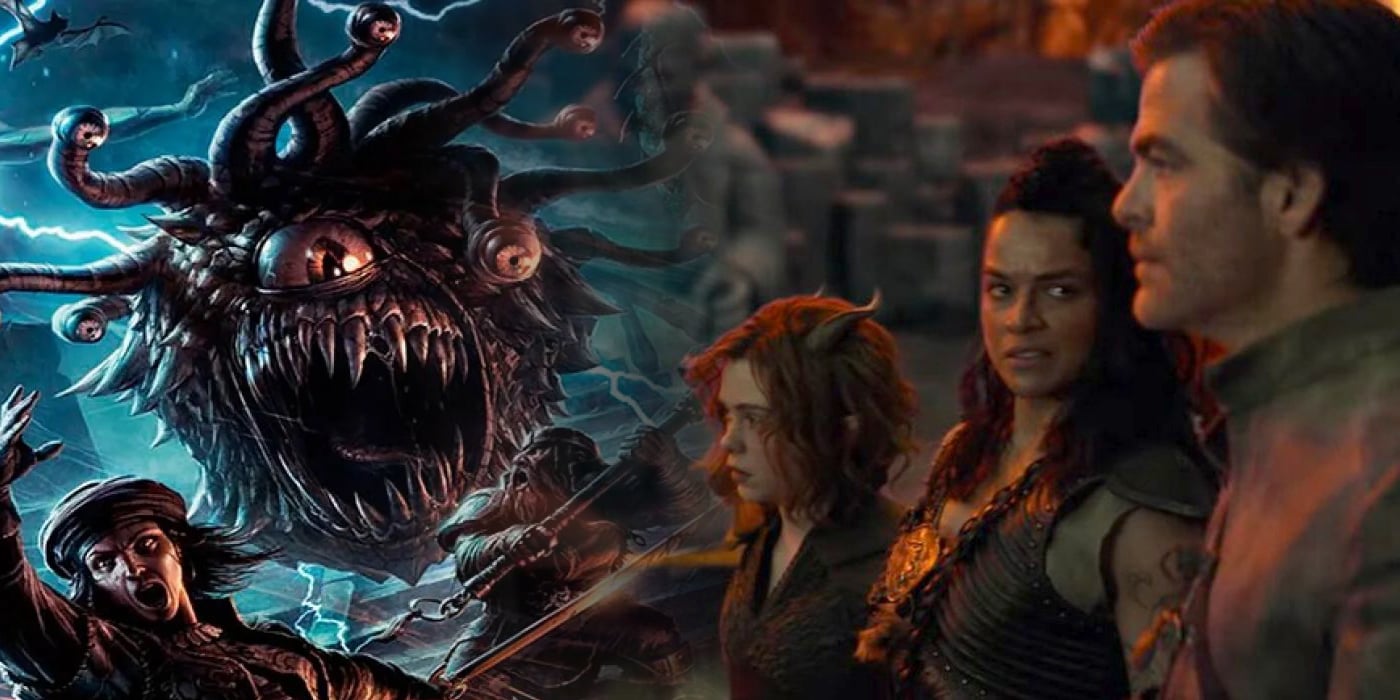

Now that it’s multiverses and cinematic universes all the way down, what does that mean for D&D? The game’s future hinges on the answer.
Dungeons & Dragons is spiraling along the same trajectory that basically any idea that ever made any money in the 80s is: becoming a “franchise.” Now, to be fair to D&D, that’s pretty much always been the case. TSR tore itself apart trying to make a D&D movie and cartoon happen to bring the game to the wider market.
All those action figures, computer games, novels, and everything back in the late 80s-early 90s brought a lot of cash in but also split the company to the point where they couldn’t hear what players wanted out of D&D.
And if WotC’s president at the time hadn’t been a fan of D&D, the game might not be around in the same way today. Under WotC of the early 2000s, when Magic: the Gathering was printing money faster than it printed Magic cards, D&D could be this ornamental thing. Like a wealthy Italian noble showing off their wealth by commissioning sculptures or paintings, WotC could show off by making D&D. It didn’t have to have a return on investment.
But now. Well. Hasbro and its shareholders are paying closer attention than ever to WotC. The company is corporate-owned and valued at over a billion dollars—and D&D is once again staring down movies, TV shows, and more.
WotC Can’t Release a New Edition, Even If They Do
In their D&D Direct event earlier this year, the D&D team excitedly talked about how 2024 would kick off with a “multiverse-spanning” adventure that would see players chase Vecna down as the Edition changed. Well, technically it’s not a new edition. It’s just an update to the core rules that fundamentally change the way that basic features of the game, like Character Classes play. But it’ll still be D&D 5th Edition.
And right there, we have the crux of the issue.
Because while WotC can maintain that One D&D was “never meant to be” the term for a new edition. And that “backward compatibility” will be maintained, the rules are changing. And this is nothing new—all the way back in 2nd Edition, there was a “revised Player’s Handbook” that explicitly said, “THIS IS NOT 3RD EDITION”.
This is Not 3rd Edition
Not long after, “This is Not 3rd Edition” morphed into a sort of 2.5 Edition with the release of all the Player Option books that added Skills & Powers and Class Kits to the game. It quickly became its own game within the game, so to speak.
And then of course came 3rd Edition with the help of Wizards of the Coast. Edition changes are scary things. They’re breaking points for the fanbase as players decide what course of action to take. 4th Edition is perhaps the most visible example of this, with the player base splitting so hard Pathfinder came into existence.
But even without the fear of that. 5th Edition’s success has been so wild, so out of the water that even ten years later, the idea of changing it is anathema to investors and shareholders and the like. And ten years is a long time for an edition! The thing is though, at this point, D&D is once again becoming much more than just a game.
Always Has Been
Not to say that D&D hasn’t already been “more than a game.” After all, there’s so much more than just the D&D rulebooks out there. There are mugs and t-shirts and notebooks, all officially licensed. Not to mention the comic books. And the plethora of video games.
So why does this feel different? Again, we look to the D&D Direct event. The talk was about how the new modules would play with “iconic villains” and feature all of these tie-ins and background details that build on one another. Like Marvel’s cinematic universe and its interconnected TV series you have to watch so you know what’s going on, D&D is staring down the barrel of an “IP Multiverse.”
Where you’ll play the tie-in adventures to understand the details that characters are going through during the related show. Or where they take the Red Wizards and make them the focus so that the TV show has a built-in lore background.
D&D: Game vs. Cinematic Universe
This is where we run into some of the problems between D&D as roleplaying game and D&D as Franchise Bait. Because a Roleplaying Game, necessarily, leaves blank spaces. There are a few “iconic characters” sort of, but they’re mostly villains. Why?
Because the heroes of the story are the players. The lore exists to create the illusion that the world you’re playing in has more depth than the facade of an old Western town on a Hollywood studio lot.
That’s why the D&D movie makes reference to The Red Wizards and Szass Tam because the random assortment of Tiefling Warlocks and Goliath Barbarians at your table might actually know that guy.
But as soon as you start playing outside of the “Forgotten Realms” sandbox, as an IP, D&D becomes weaker. So WotC expands their focus, now it’s a multiverse of all the old D&D settings that everyone sort of knows and half-remembers.
Which is great for an IP, but bad for a game where half of the fun is creating your own setting. And developing your own stories. Not to say that a franchise that’s an IP can’t have an amazing game. There’ve been at least four different, mechanically distinct Star Wars RPGs out there. And those RPGs did a great job of expanding the world; arguably they helped transform Star Wars into a powerhouse IP because they came along and suddenly we had Ithorians and Bacta Tanks and Twi’leks.
They gave players new corners to explore. Left blank spaces to be filled in. As D&D tries its hand at becoming a Star Wars, it may have to adjust what they deliver.
What do you think, will WotC help guide D&D through this transformation, or are we due for another Pathfinder-type situation?

